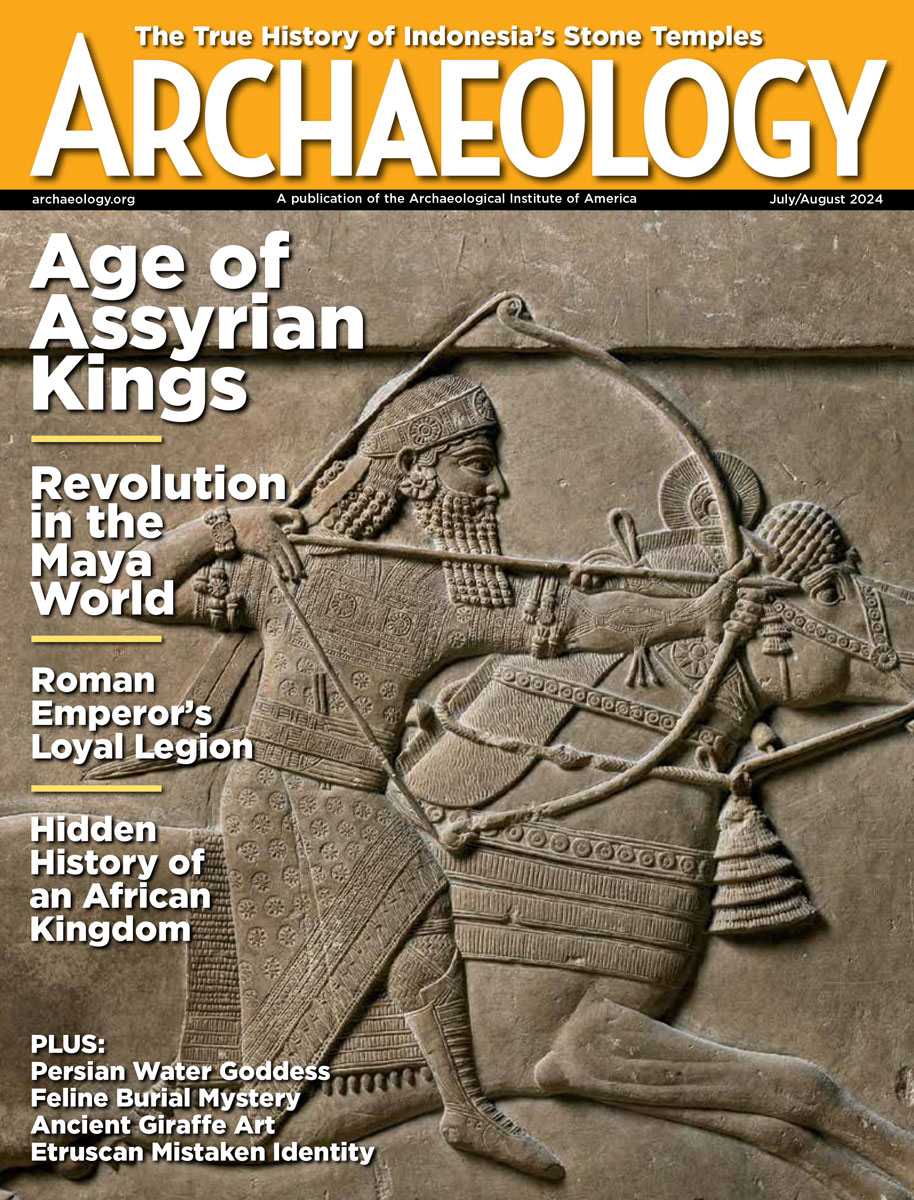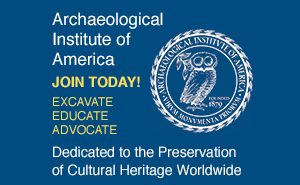Wednesday, January 30
January 30, 2008
A first-century Roman fort and a furnace that may have been used to smelt minerals have been uncovered in southwestern England. “This find could help us to understand whether they were merely keeping watch over the locals, or were actually interested in exploiting commercial opportunities in the region,” said archaeologist Stephen Rippon. Â
Three pre-Columbian grinding tools were returned to Mexico today. An Arizona man tried to cross the border with the artifacts at Naco, Arizona, where customs officials stopped him. He will not be charged with a crime because he agreed to surrender the objects.Â
What is being called a Neolithic city has been discovered four miles away from Egypt’s Fayyum Lake. “The artifacts consist of the remains of walls and houses in terracotta or dressed limestone as well as a large quantity of pottery and the foundations of ovens and grain stores,” Zahi Hawas, head of the Supreme Council of Antiquties, told reporters.
This article in The New York Times lists three more individuals being investigated by the federal authorities for dealing in looted antiquities. Â
A “crime against archaeology” was committed in Auckland, New Zealand. The perpetrators stole artifacts from a locked site in the city’s central business district and “illegally excavated an old well.”Â
A team of Australians, including an archaeologist, has built a laboratory for conservation work near Mawson’s Hut in Antarctica. Sir Douglas Mawson explored Antarctica between 1911 and 1914.Â
Aztec Ruins National Monument in New Mexico is being overrun with invasive plant species. The vegetation can fuel fires, kill native plants, and disturb the bricks of the Ancestral Pueblo ruins.Â
All of the nine “Treasure Wars” videos are now available from National Geographic News. Â
National Geographic News also has more information on a 2,500-year-old aristocratic tomb discovered in eastern China last year. The tomb contained 47 sets of human remains, many of whom had been sacrificed; gold and bronze artifacts; silk clothing; and a black, gold, and red sword.
- Comments Off on Wednesday, January 30









